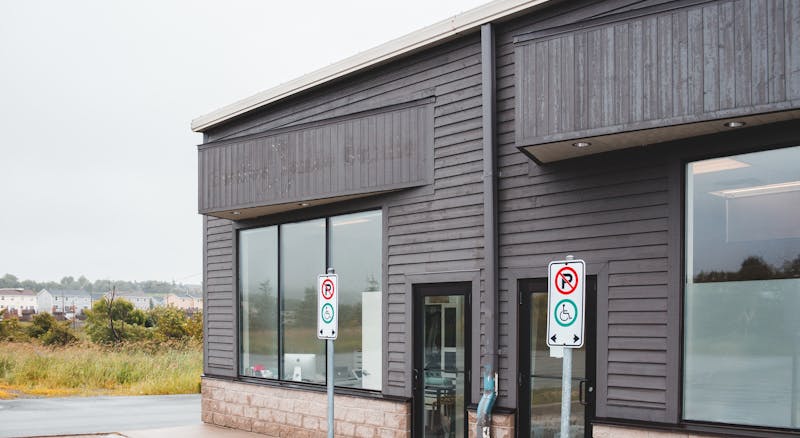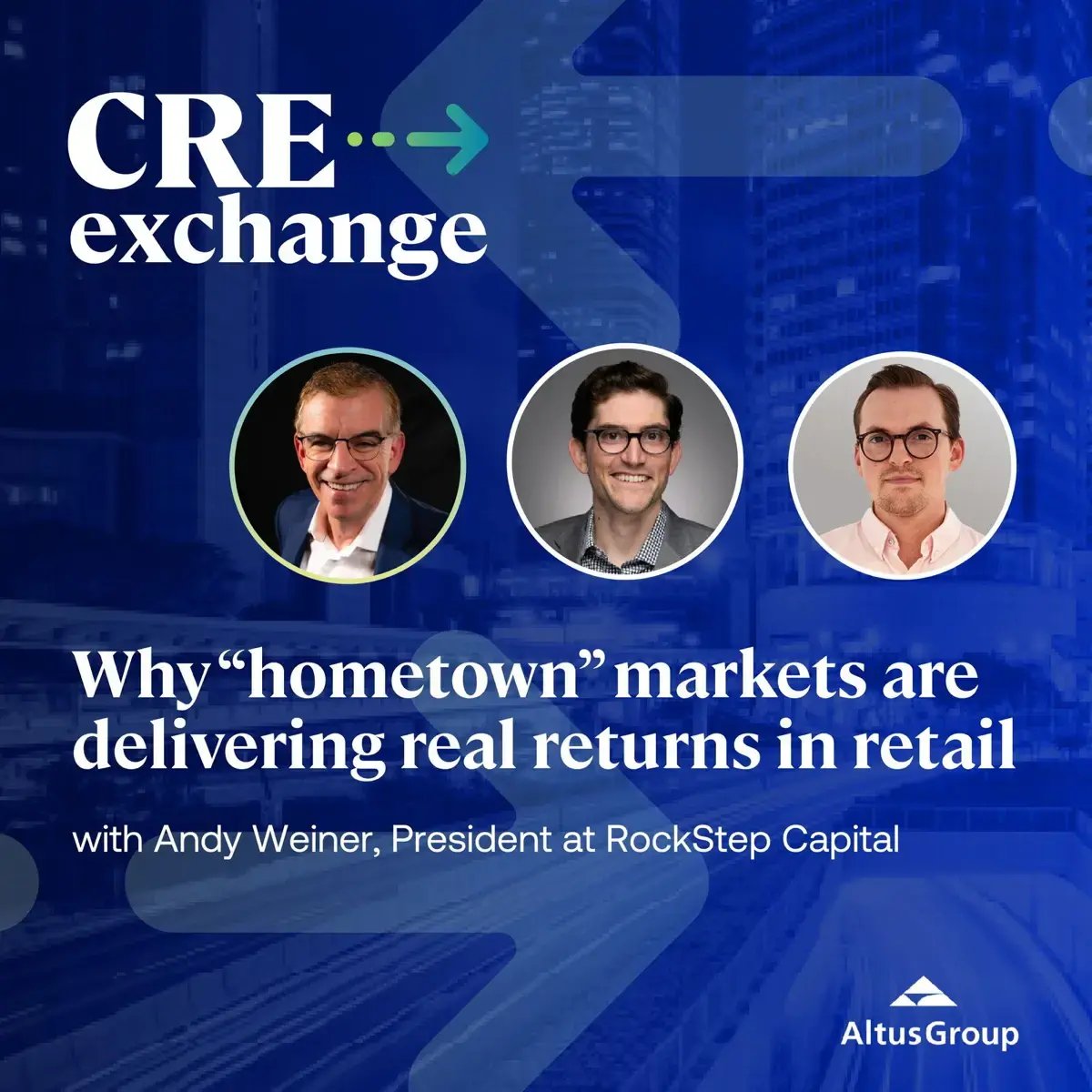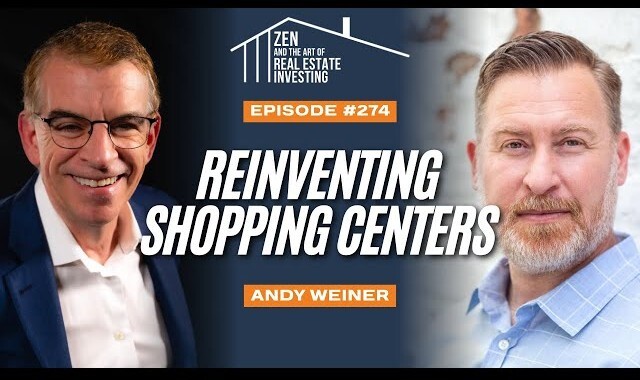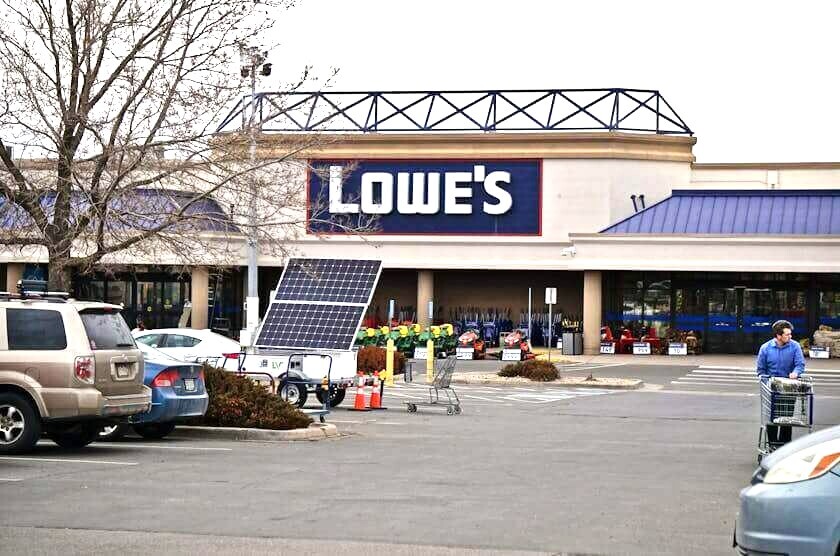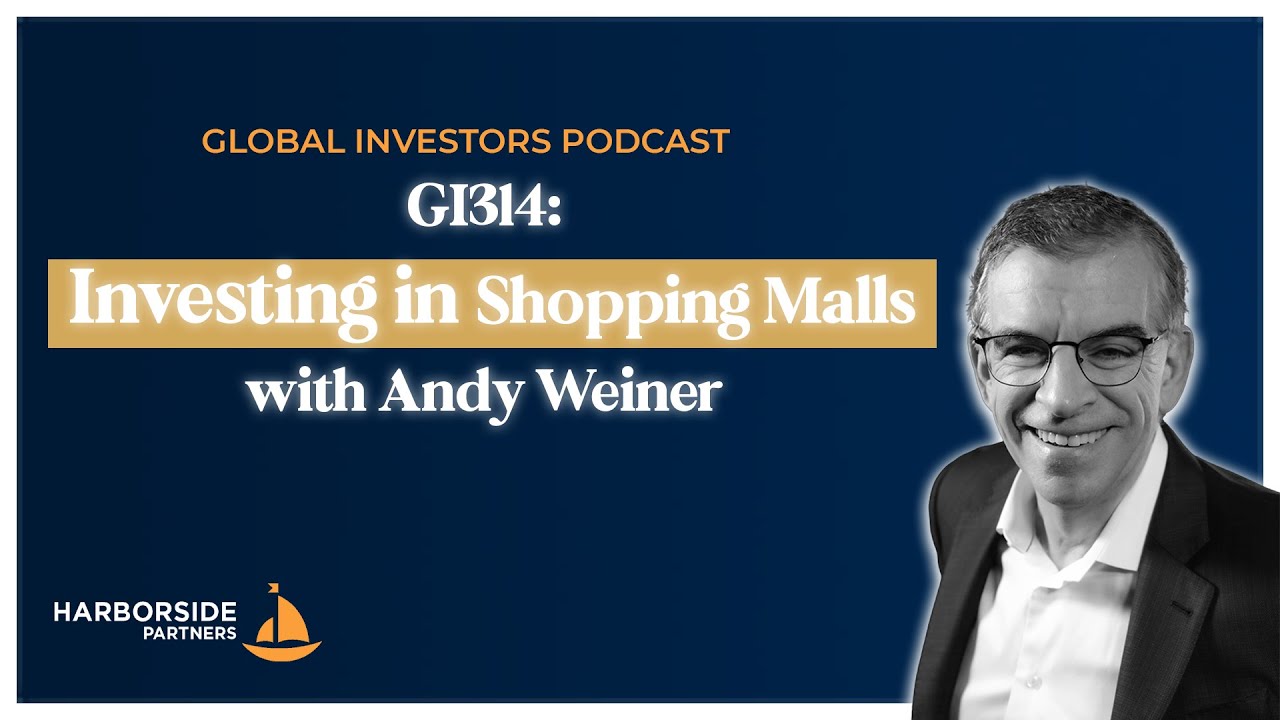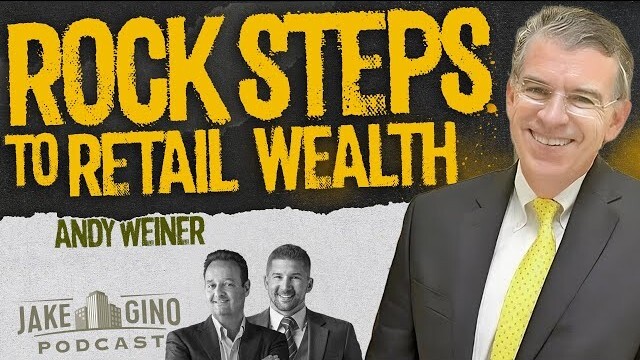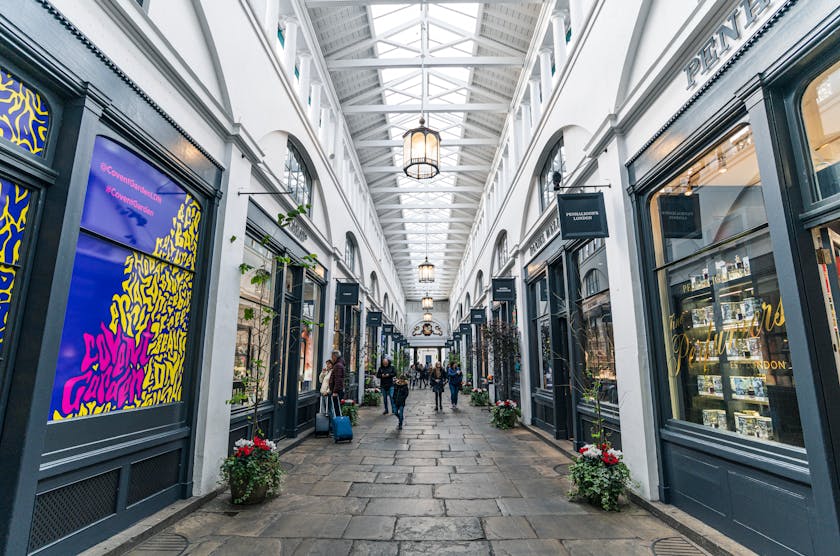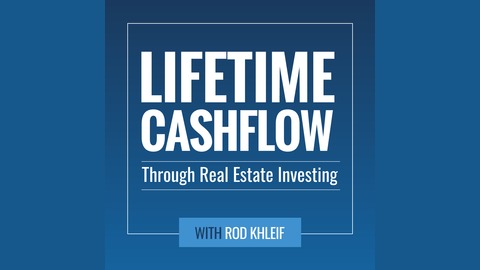Introducing Red Flags Smart Investors Watch For In Retail Centers
August 18th, 2025
5 min read
By Andy Weiner

When investing in retail centers, you need to spot key red flags before you buy. Check that the market has solid growth drivers, the property is well-positioned relative to competitors, the building has sound infrastructure, the tenant mix is financially viable, and the layout supports future leasing flexibility. If any of these don’t check out, the risk may outweigh the upside.
For more educational videos like these, check out The Shopping Center Channel!
When we’re looking to buy a shopping center in a hometown market, there are a lot of things that have to go right, and just as importantly, a lot of things that can go wrong. Over the years, we’ve developed a checklist of issues, some obvious and others subtle, that can turn what looks like a promising investment into a long-term headache.
At RockStep Capital, our goal is to buy great real estate in solid markets where we can create value.
Not every shopping center is created equal, and not every hometown is a good fit. The first step is understanding the market itself. From there, we dig deeper into the competition, the property’s physical condition, the tenant base, and the long-term leasing potential.
You Have To Have Essential Drivers In The Market
The very first question I ask is, “Are there essential drivers that drive the market? Is the population steady and preferably growing?”
You have to have something that keeps people in town and spending money. That could be universities, hospitals, manufacturing hubs, military installations, or major employers.
If those drivers are missing, the rest of the analysis becomes irrelevant. We avoid markets where the markets are stagnant and economic health and population are declining.
You want forward momentum, not decay.
Understand The Landscape You're Operating In
Once the market passes the driver test, we assess the property's position to its competition.
- What is a competitive environment for that shopping center?
- Is it the only game in town?
- Are there multiple shopping centers in the market?
- What’s the position of this location in the market and in relation to the competition?
Understanding the competitive landscape means understanding the retail nodes in the area. These are the clusters where shopping activity concentrates. If retail has shifted to the other side of town and we’re the last ones there, that’s a problem. You want to be in the node that is gaining momentum, not the one losing it.
Some States Require A Closer Look
We also pay close attention to geography. There are states we consider higher risk not just because of economic conditions, but because of political, legal, or regulatory hurdles that can make it harder to own or operate property profitably.
At-risk states are California, Oregon, Washington, Illinois, New York, Connecticut, Rhode Island, and potentially Minnesota. If we’re in those markets, we dig in deeper. We want to thoroughly understand every exposure before moving forward.
It’s not that we won’t invest there. But we go in with our eyes wide open.
The Property Has To Have Good Bones
If the market and competition make sense, the next step is to examine the property itself thoroughly. Physical issues often signal deeper problems.
- Roofing - The property’s roof is the biggest financial exposure. Roof costs have doubled in recent years.
- Park Lots - Parking lots present another considerable expense. A parking lot that is sagging, has potholes, and needs new asphalt or milling is also another red flag.
- Old Systems - We also look for old HVAC equipment because replacing those systems can be a major landlord expense.
And sometimes you find obscure problems such as being on a fault line, foundation issues, or “old or sagging lines” in water and wastewater systems.
If the bones of the property are weak, the rest of the investment plan is at risk.
Tenant Mix Has To Make Sense Financially And Operationally
You can’t just look at names on a rent roll. You have to understand how the tenants are performing. The biggest issue is the high cost of their occupancy. Each type of retailer has its own threshold.
A grocery store aims to achieve a 2% occupancy cost. That means for every dollar they make in sales, they’re spending 2 cents on rent and expenses. TJ Maxx, Ross, Burlington—those off-price retailers can handle 4 to 8%. Specialty retailers usually need to stay under 10%.
We also look at store prototypes. That’s the standardized size and layout a national tenant uses across their stores. Most prototypes are getting smaller. Burlington, for example, used to want stores of 40,000 to 70,000 square feet.
Now they want 20,000.
So if you’ve got them in a big box, expect them to downsize—or walk—when the lease ends.
Layout Can Kill Future Tenant Leasing
We think long-term about how the space can evolve. We need to have a solid plan in place in case one of the tenants leaves. You have to consider…
- If a tenant leaves, can the space be reconfigured?
- If you have a vacant big box, does it physically work out to chop the box into multiple pieces?
You want width, not depth. Too much depth leads to dead space—areas of the building that no tenant can really use.
We also look for opportunities to add pads in the parking lot or refresh the façade. If a site doesn’t give us those options, we lose flexibility. Flexibility in layout directly impacts your ability to lease in the future.
High Vacancy Isn't The Problem. Lack Of Capital Is.
High vacancy isn't necessarily a red flag. It's the why that matters.
You’re going to want to understand why there was a high vacancy rate in that market, and why we are better than the current landlord. Often, the problem is capital.
Some landlords lack the capacity to fund tenant improvements (TIs). TI dollars, legal costs, and broker commissions are all soft costs that add up. If the prior owner couldn’t reinvest, the property may be stuck.
We have to ask: can we unlock that value?
Anchors Should Drive Value, Not Drag It Down
Anchors tie directly into both leasing and market draw.
Home Depot, Costco, strong grocery names—those are anchors we like. But even good anchors can become liabilities if they have lease clauses that hurt you. One example is a co-tenancy clause, which allows the anchor to reduce rent or leave entirely if certain other tenants vacate.
We have to check the fine print.
Our Vertical Structure Lets Us Move Faster And Smarter
One of the biggest advantages we have at RockStep is our vertical integration. That means we handle leasing, property management, and development in-house.
If you compartmentalize property management and leasing and assign those tasks to third parties, you potentially create a conflict of interest. For example, a broker might represent both your property and that of your competitors, steering tenants toward the one that generates the most commission for them.
On the other hand, when you’re vertically integrated, you own the information, and that’s valuable.
It also allows us to make decisions quickly. We don’t have to wait for three layers of consultants.
You Win Or Lose Based On What You Pay
I’ll be frank: we’ve walked away from a lot of deals. And almost every time, we’re glad we did.
We have missed many opportunities (many of which were 10-plus opportunities), where we would have only paid X and the property sold for more than X. Often, we see that the buyer overpaid.
Overall, one of the biggest indicators of long-term success is the price at which you buy it. If you buy it correctly, you have a significantly greater chance of achieving your investor returns.
The Power To Choose To Say No
At the end of the day, there is no perfect shopping center.
If the market is not growing, the anchor is not anchoring, the layout is limiting, or the structure is failing, we pass. If we see real, tangible upside, we lean in. Because retail is about more than leases. It is about community, experience, and disciplined investment.
At RockStep Capital, we don’t mind complexity. But we don’t guess. We do the work. We ask the hard questions. And if we can’t get comfortable, we walk away. Because at the end of the day, knowing what not to buy is just as important as knowing what to buy.
Andy Weiner is the CEO and Founder of RockStep Capital, a Houston-based real estate investment firm focused on shopping center developments in secondary and tertiary markets. A Stanford and University of Texas graduate, he began his career in his family’s retail business. Since 1997, he has led the acquisition or development of over 9.7 million square feet of shopping centers across 11 states without capital calls or assets returned to lenders.
Topics:





